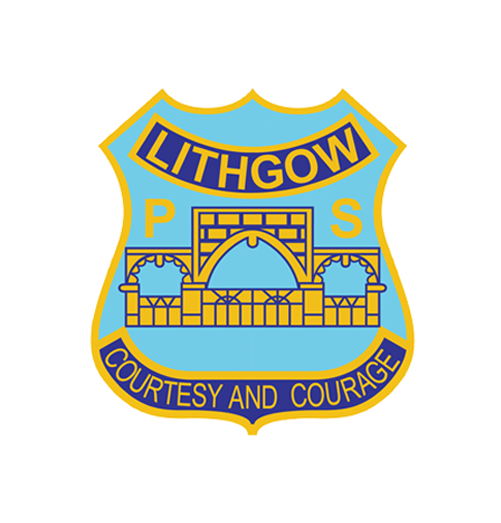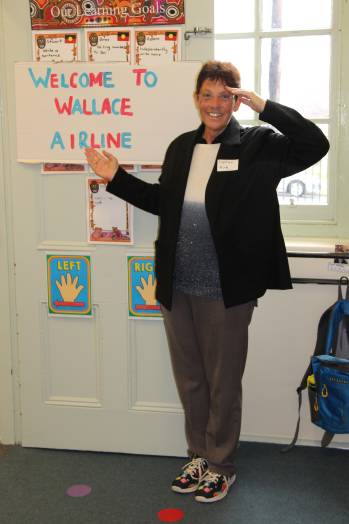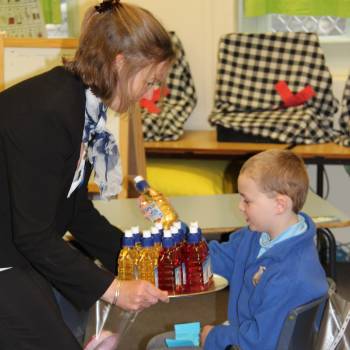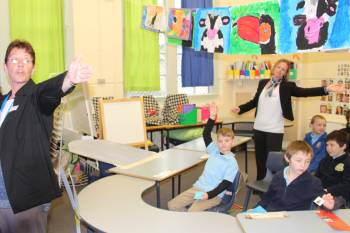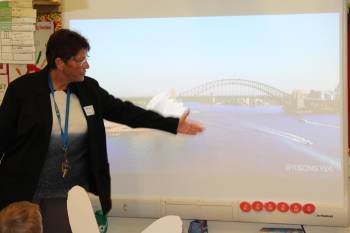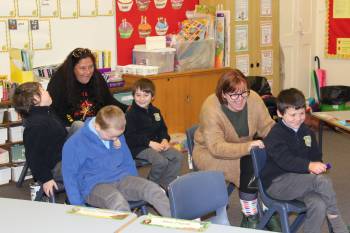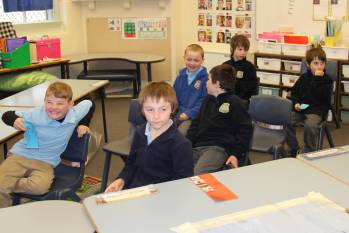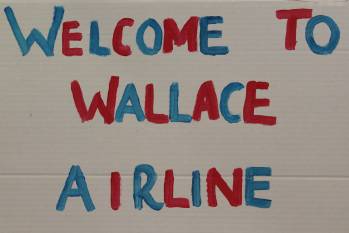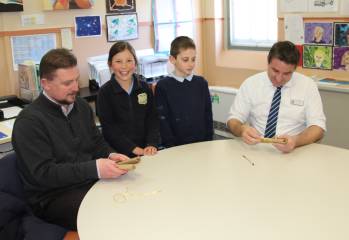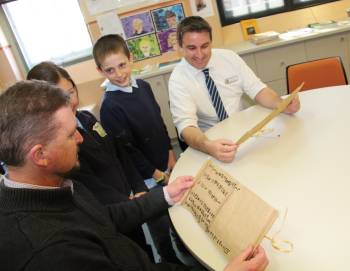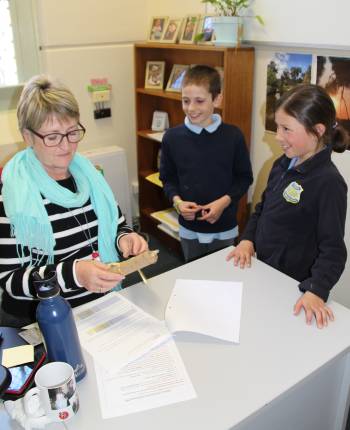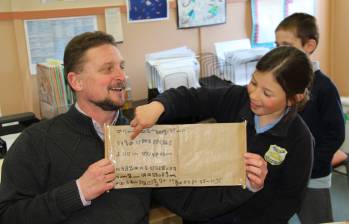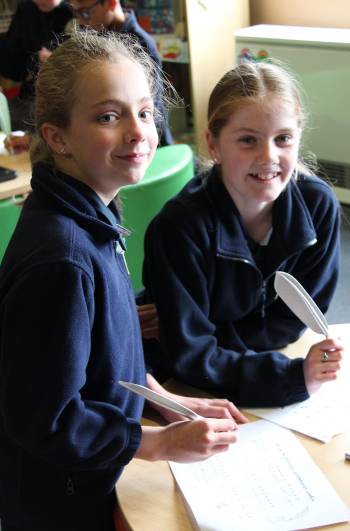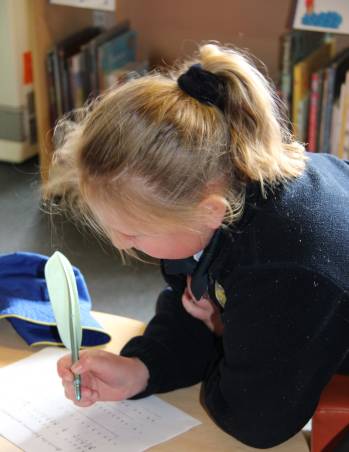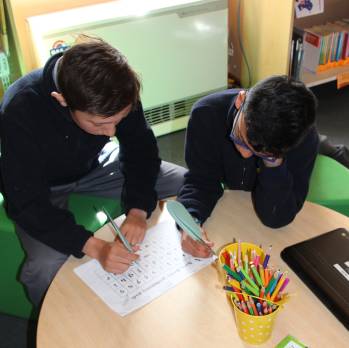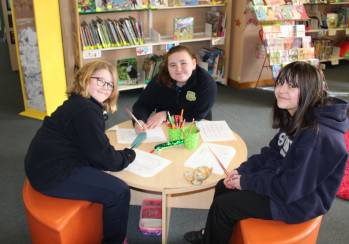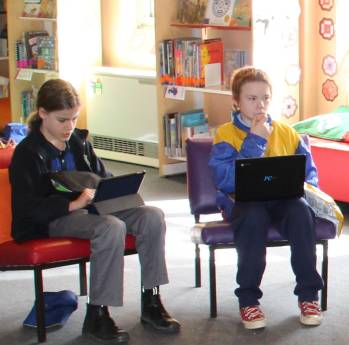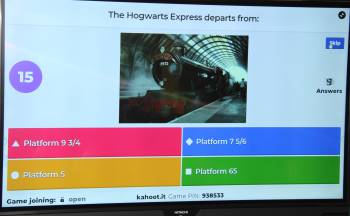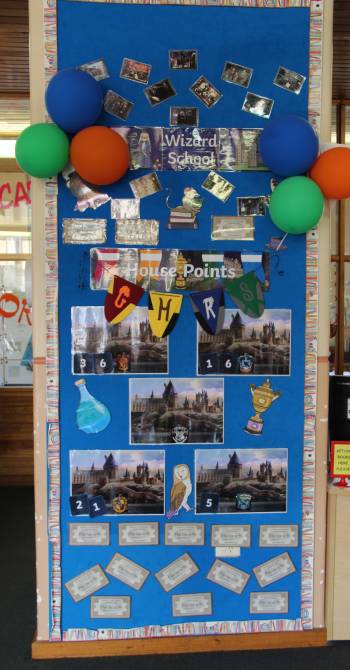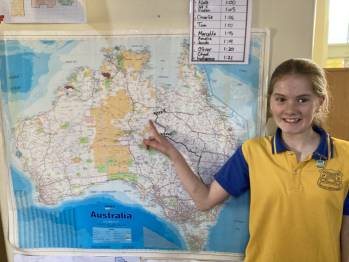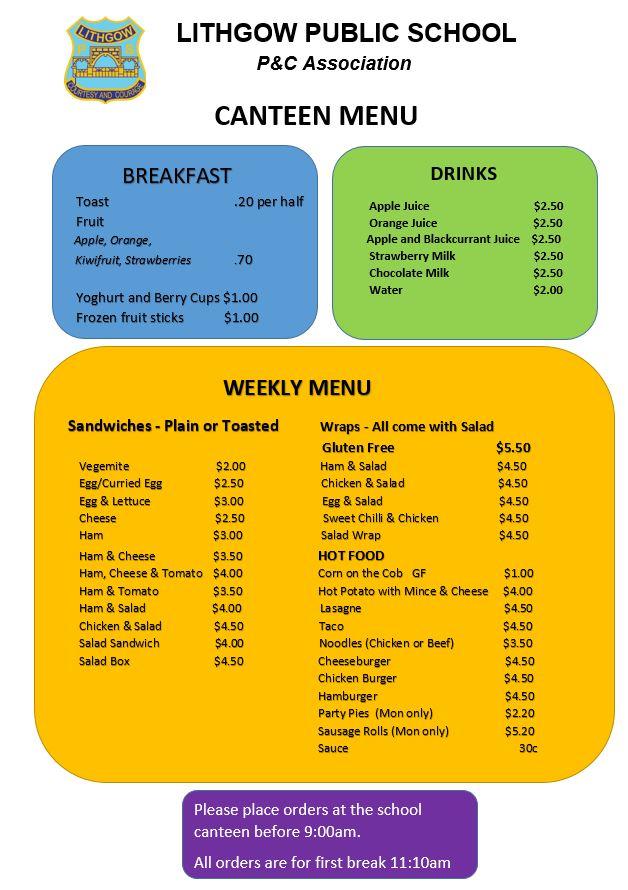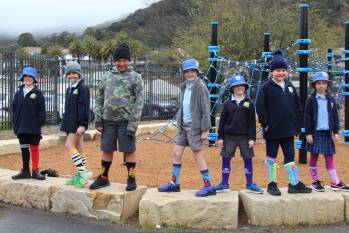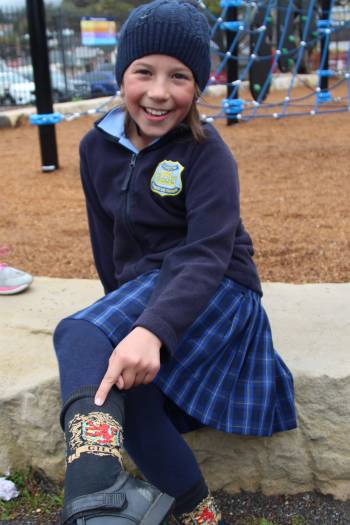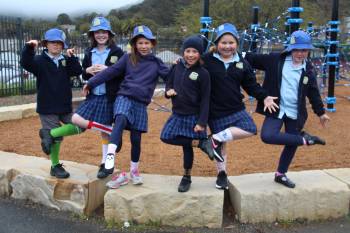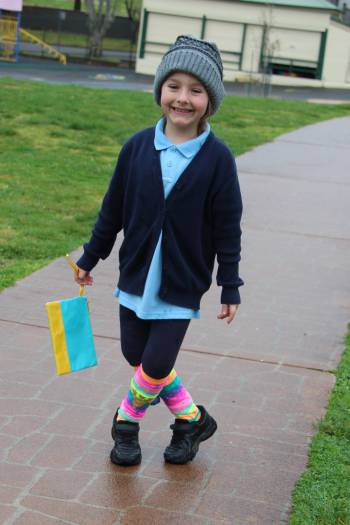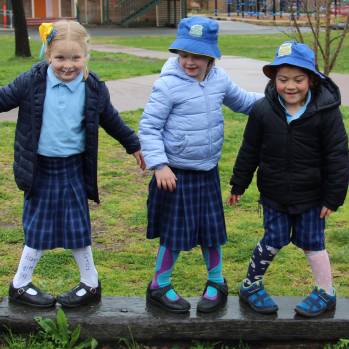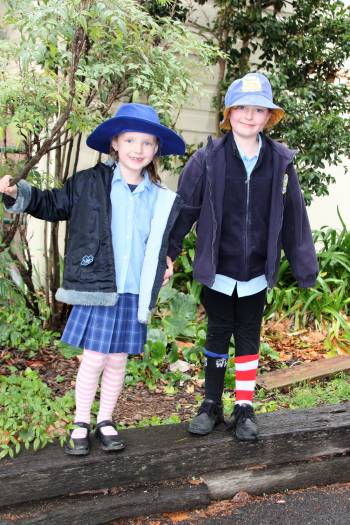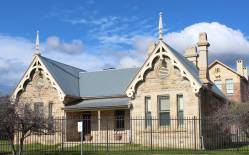Dear Parents and Caregivers,
All New South Wales Department of Education schools are in the process of consulting for and developing the next cycle of planning that will drive the directions of the school over the next 4 years. The first step in the planning process is the development of a Situational Analysis. The purpose of the Situational Analysis is to evaluate all current practices the school engages with under 5 distinct but interrelated headings. These are: Wellbeing, Student Outcomes, Human Resources, Enrolment and Finance. Analysis, under these headings, is being collected through the lens of 2 important documents: The School Excellence Framework, and What Works Best In Practice. These are worth a read and can be accessed by clicking on the links below or by entering the titles into your preferred browser.
The Situational Analysis will provide the whole school community with clarity around what we do well and need to continue to do, what may not be beneficial and could be discarded and what evidenced-based practices we could employ to ensure that every student, every teacher and every leader improves every year. Once drafted, the Situational Analysis will be shared with the community for further feedback which will allow us to begin drafting the 2021 – 2024 school’s Strategic Improvement Plan.
To ensure that we capture student voice, teacher voice and community voice, we will be utilising a variety of surveys, tools and other forums to seek intelligence to inform these future directions. In the initial phase, staff, students and parents will be surveyed using questions that are reflective of the What Works Best in Practice document. Next week we will provide a Survey Monkey link to all parents and caregivers to access this survey. In addition, community members may be contacted directly by phone to participate in this survey. We appreciate any feedback that our community provides so that our school can be focused on continual improvement over the next 4 years.
Parking on Short Street
This week a council parking inspector took some time to observe the parking situation at pick-up and drop-off time. She noted that there was significant congestion that was potentially the result of vehicles not moving to the last available parking spot on Short Street and instead attempting to pull in as close to the gate as possible. The parking inspector asked if I could highlight this issue in this newsletter and ask that the community use all of the available parking on Short Street with a view that this might make the issues of congestion in the area less significant. Ultimately, this would also improve the safety for our students who are moving from vehicles to enter the school in the morning, and from the gate to vehicles in the afternoons.
Lockdown and Emergency Evacuation Procedures
Lithgow Public School follows Department of Education (DoE) policy and procedure with regards to all aspects of student safety. As always the safety of our students remains our greatest concern in regards to decisions made to implement strategies, within DoE policy, to keep our students safe.
Lockdown and Emergency Evacuation are mechanisms that sit within this policy that are employed by DoE schools to maintain the safety and wellbeing of all students. These mechanisms are reviewed and practised regularly throughout the school year to ensure that students and staff are familiar with the procedures and are able to engage in them when required.
Lockdown and Emergency Evacuation are management strategies and do not always reflect a serious emergency situation or a critical incident.
At Lithgow Public School, we follow DoE policy with regard to lockdown. In addition, the school implements 2 other precautionary strategies as well as a formal lockdown. These are termed Level 1 Precaution (block containment) and Level 2 Precaution (classroom containment). These are not formal lockdowns and are used as precautions to ensure safety for all students.
For the purpose of clarity, I would like to provide examples of how the school might use these strategies to ensure student safety. A Level 1 precaution (block containment) would reflect a minor situation that requires the locking of doors to each block only and students would continue with their learning within the block. An example of a situation that might lead to this strategy being used could be a medical episode where students and staff accessing the playground might impact on emergency services ability to provide timely medical treatment.
Usage of a Level 2 precaution (classroom containment) could reflect a situation that could require the locking of classroom doors as well as blocks, with students continuing their learning in their classrooms. An example of a situation that might lead to a level 2 precaution might be a scenario where a student is distressed and this strategy is employed as a means of diffusing the situation whilst providing support to the student.
A formal lockdown (level 3) would be implemented as a precaution where there is a possibility of risk to students and staff. This would result in all gates, doors, windows to all areas of the school being locked and students accounted for in a formal way. In the event a lockdown (level 3) is employed, where learning is impacted, or an event is serious in nature, this will be communicated directly to the community through the school’s normal communication channels.
The school will also continue to inform the community when it is engaging in Evacuation and Lockdown drills. These generally occur termly when we are not under COVID-19 restrictions as is the case currently.
Could I ask parents and caregivers, should they have any queries regarding any DoE practices, or concerns, please call the school directly to seek clarification?
I thank you for your ongoing support of the school and its students.
Kind regards,
Mark Davies | Principal
